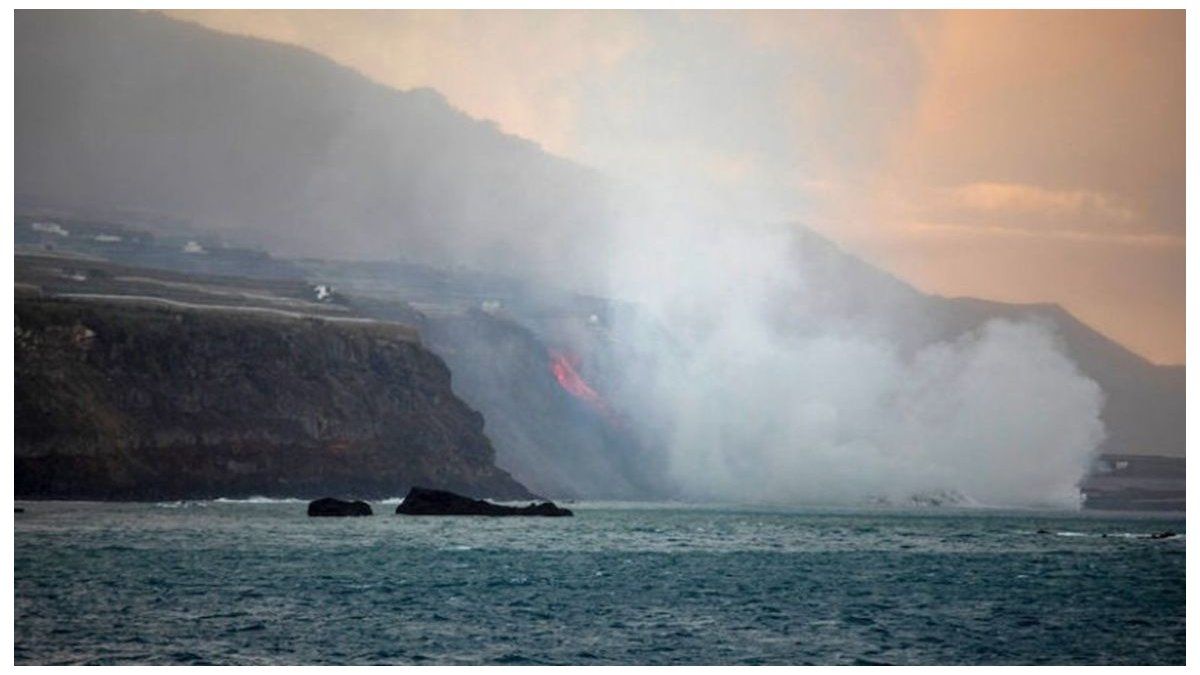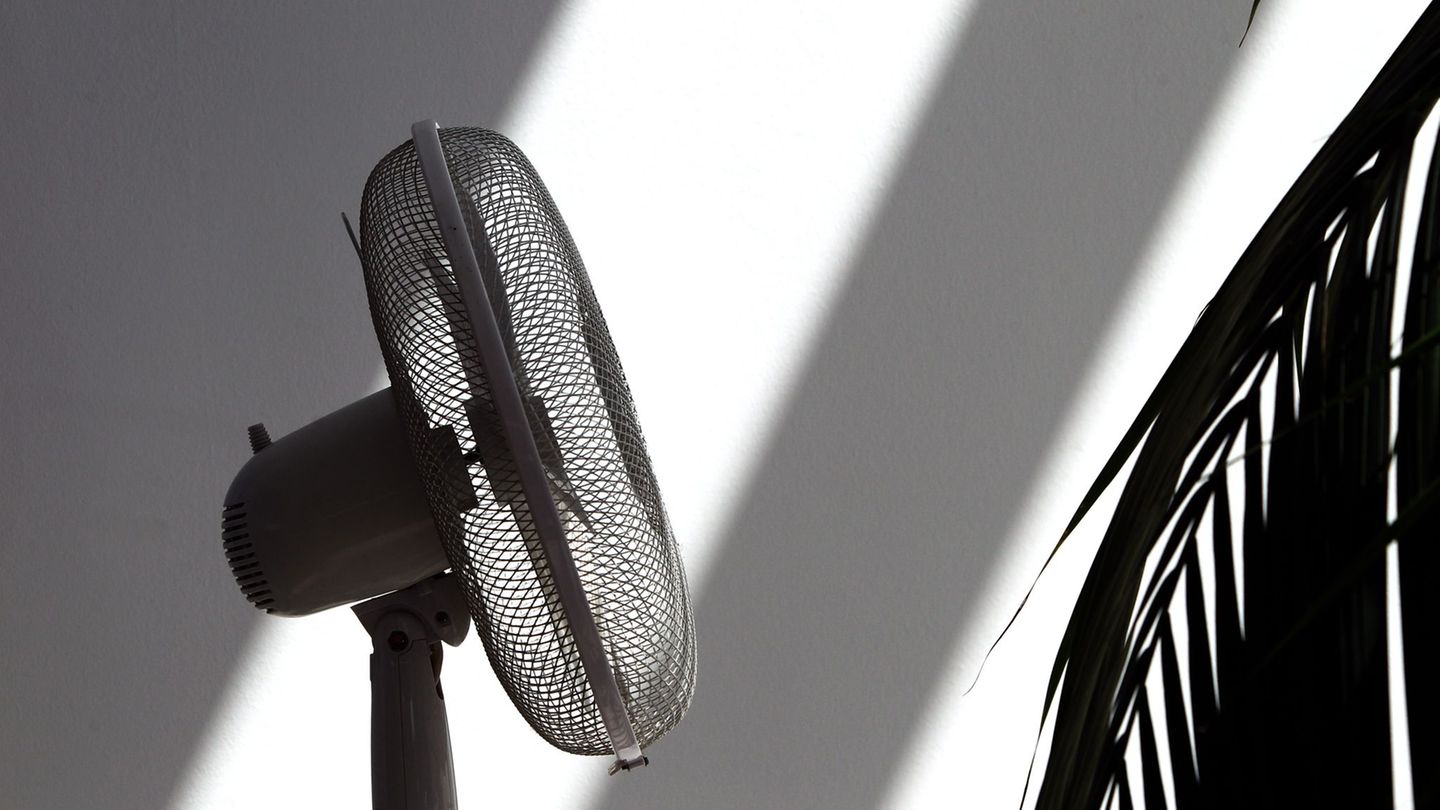He Dolar blue reached 810 Argentine pesos and reached a new historical maximum in the neighboring country, which is also in a period of uncertainty linked to the proximity of the elections, further deepening the exchange difference between Argentina and Uruguay.
This scenario is followed closely by the government headed by the president Luis Lacalle Pou, not only for the price gap, but also because of the fiscal impact that it can have on public coffers, due to the constant crossings of Uruguayans to make purchases in Argentine territory. In fact, according to a survey by Ámbito Argentina, in the province of Between rivers, main destination due to its geographical proximity, the ticket was quoted today at 815 Argentine pesos.
He dollar parallel in the neighboring country added 10 Argentine pesos today and increased 65 Argentine pesos in the last six rounds, stretching to its new historical nominal record, something that they attribute to the real absence of currency supply at times of growing coverage, when there is less missing three weeks until the general elections.
With this level, the spread of the blue with the exchange rate official It stood at 131.4%, the highest since July 2022. In addition, the parallel currency has already accumulated a rise of 464 Argentine pesos in 2023, that is, an increase of 134.1%).
A situation that the Uruguayan government follows closely
Echoing this situation, the Central Bank of Uruguay (BCU), the Ministry of Economy and Finance (MEF) and the Fiscal Advisory Council (CFA) has already begun to monitor the impact that currency fluctuations can generate in Argentina, which they consider one of the greatest risks in the short and medium term. Even, Lacalle Pou He admitted that the situation causes “a certain helplessness,” pointing out that these are factors that “do not depend on ourselves.”
The minister Azucena Arbeleche whitewashed that “Uruguayan purchases in Argentina harm the growth and tax collection of Uruguay” and admitted that “the budget’s consumption and tax collection projections incorporate consumer spending in Argentina”.
Likewise, the CFA, which is made up of economists Alfonso Capurro, Aldo Lema, Ana Fostel and Ignacio Umpiérrez, indicated as one of the greatest risk factors for the country at the regional level the “macroeconomic imbalances” of the neighboring country, “in a context of high monetary financing of the fiscal deficit, inflation “chronic triple digits, multiple exchange rates, scarcity of international reserves and no access to the international debt market.”
The impact on revenue and coastal businesses
The departure of Uruguayans to the neighboring country is repeated every weekend and is enhanced in those that are extended due to holidays. Therefore it is not surprising that the collection of the DGI continue to fall, to the point that there is a decrease of 3.5% year-on-year, mainly due to the lower perception of VAT.
In this regard, a study by Exante warned that citizen spending in the neighboring country will take at least half of the growth in domestic consumption. The diversion effect would thus consume 1.5% of the 3 points of improvement that are expected.
Precisely for this reason, concern is accentuated for the summer season. On the one hand, fewer Argentines are expected to visit the country, while more Uruguayans could choose to Argentina, to take advantage of the exchange difference.
Trying to mitigate this impact, one of the proposals of the Executive is the exoneration of VAT in products sold in border businesses, something that they have already requested on the coast and, at the same time, they clarified that it is an insufficient measure.
Source: Ambito




